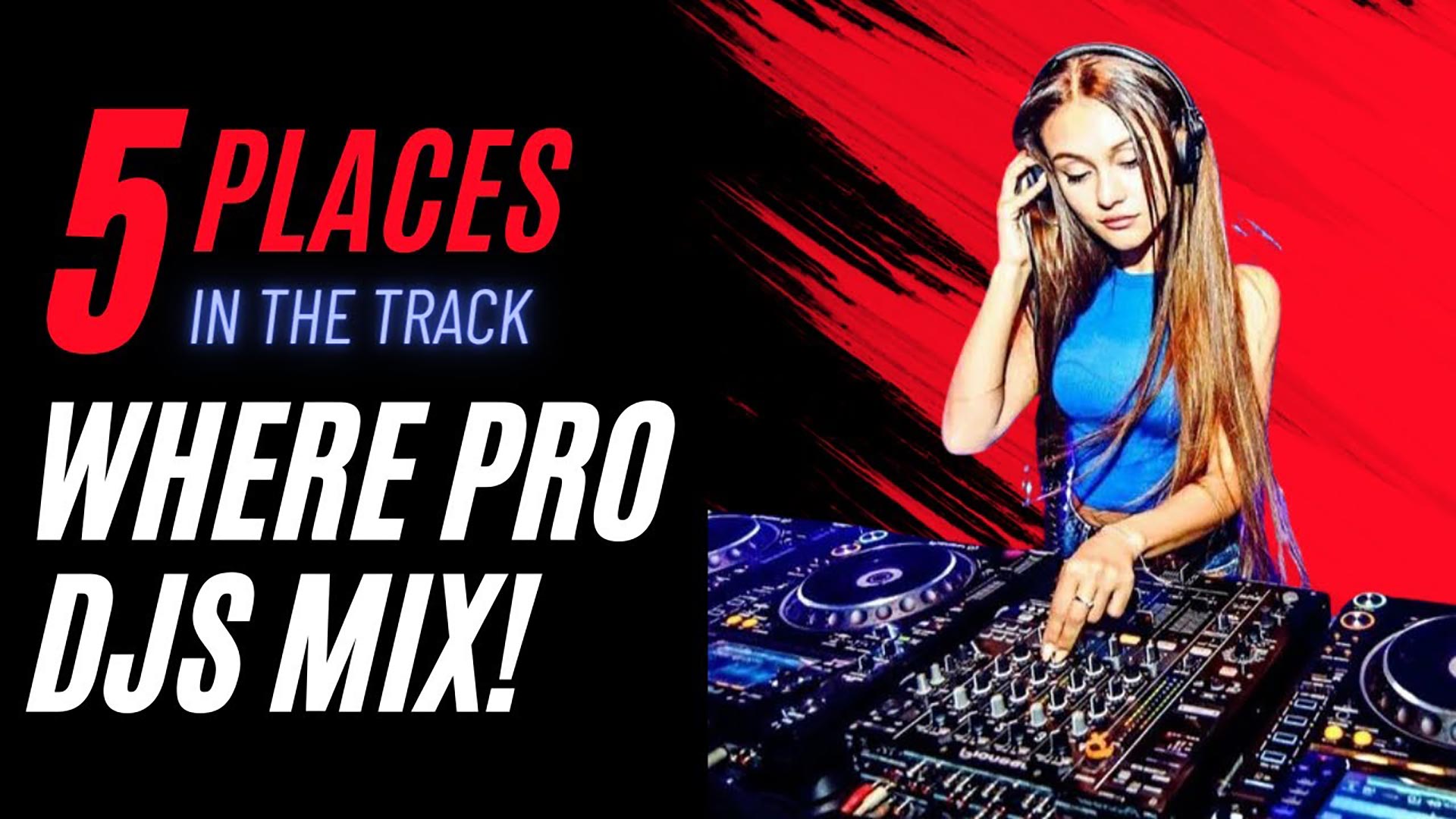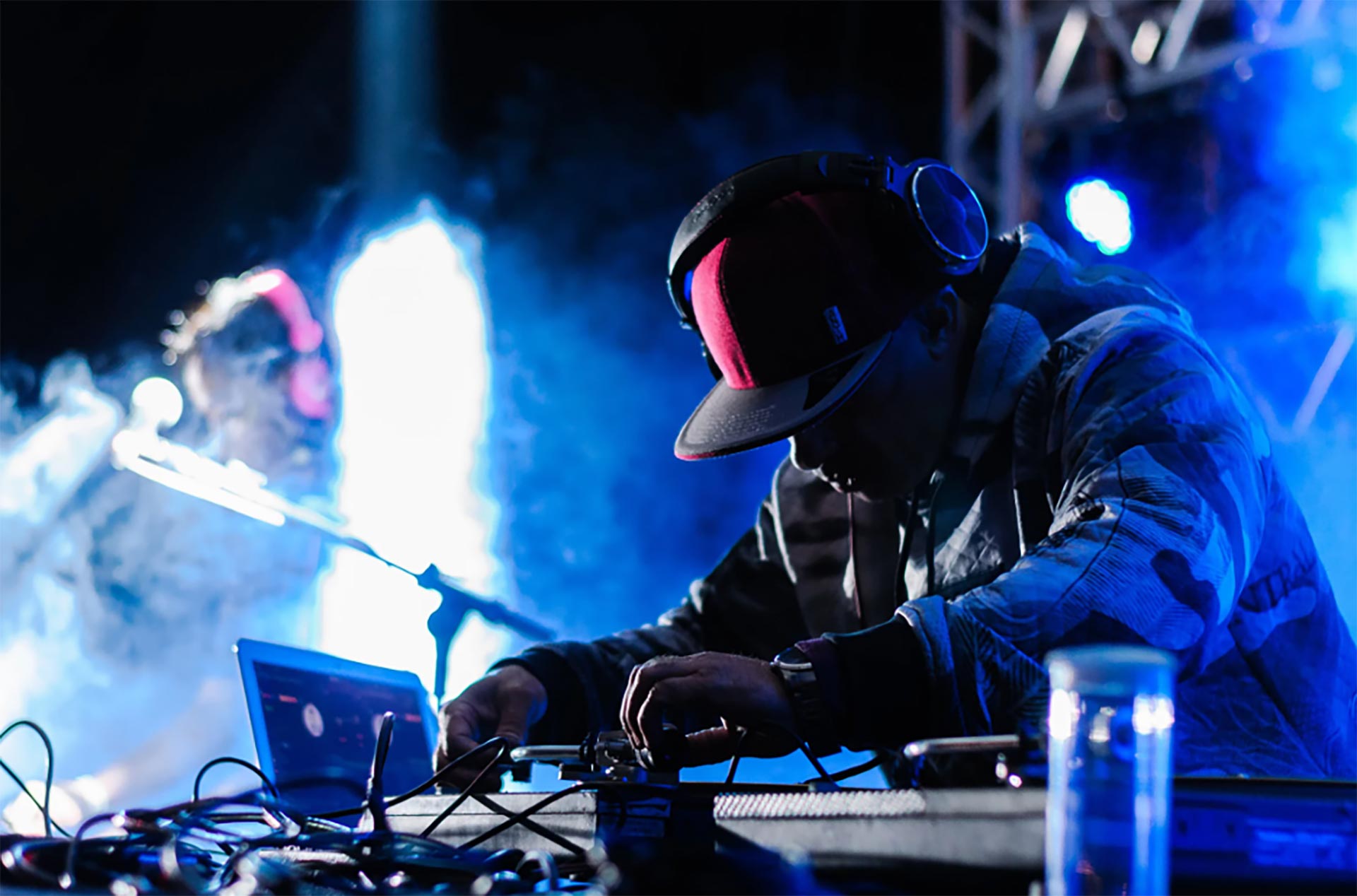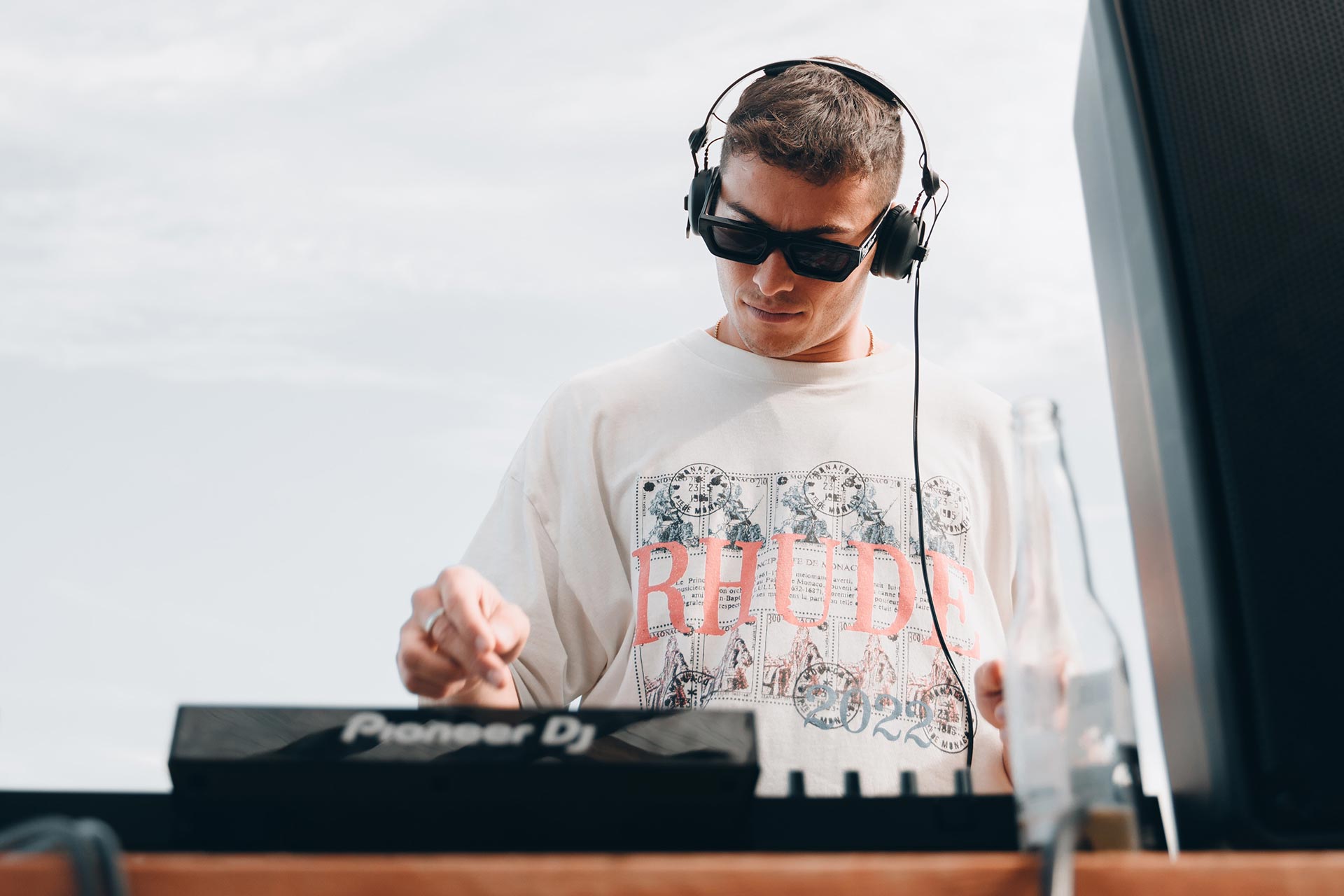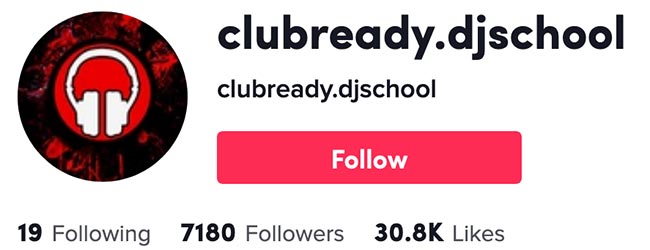The EQ Series
- Concept of EQ (dominant track, producer made straight up, cinderella)
- Bass all the way vs warmer controlled
- Highs - solves harshness
- past midnight - vocals, mash up on fly
- Iso vs EQ
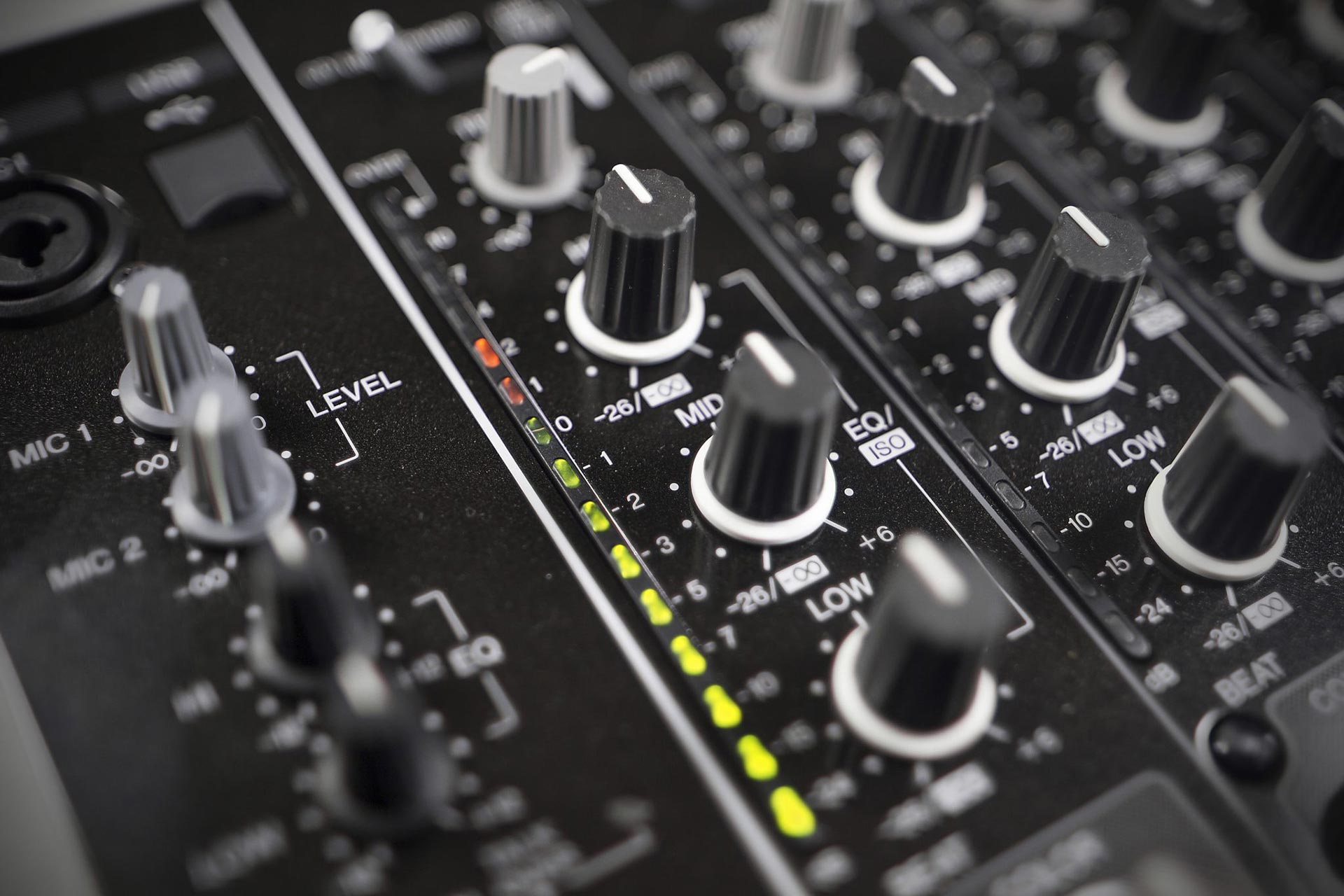
https://youtube.com/shorts/BLIjq4njXv8?feature=share
Concept of EQ (Dominant Track, Producer Made Straight Up, Cinderella)
Firstly for those new to DJIng, the EQ controls the different frequencies within each track. Straight up is how the song comes recorded, so if you're playing a track on its own, I'd leave all the EQ straight up, it's only when you're playing both tracks together that you need to adjust the EQ's to help the tracks compliment each other. It's very common to reduce the EQ for the incoming track, which essentially makes the track feel thinner, so when you bring up the volume your new track sits in the background and then when you're ready to make your new track dominant, you work in the EQ of your new track whilst simultaneously reducing the EQ of your exiting track.
At first I suggest thinking of the EQ like Cinderella, she doesn't go out past midnight so I suggest reducing the EQ and then returning them to midnight by the end of your transition so your new track is played how the artist intended.
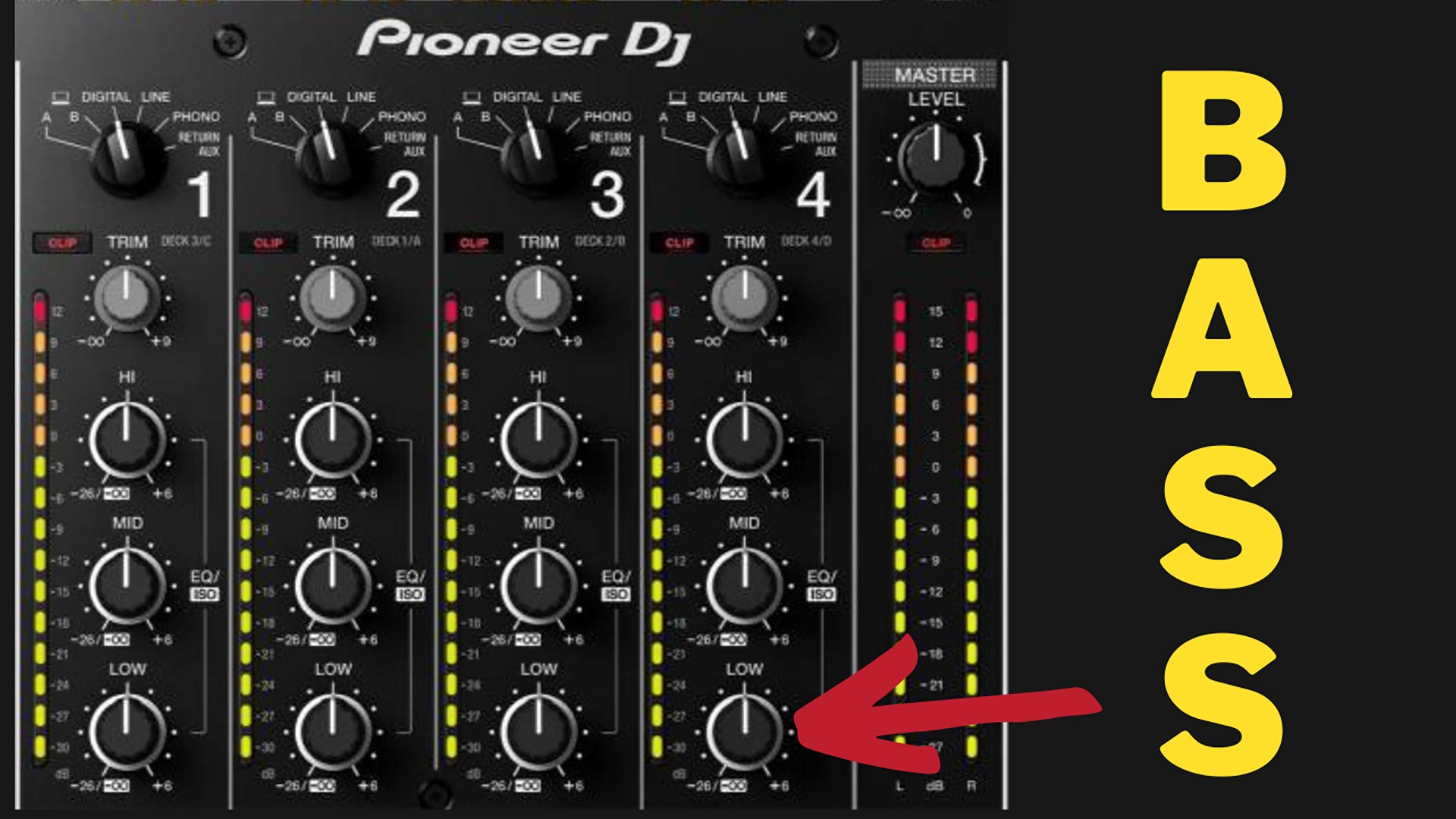
https://youtube.com/shorts/22oHMp8EbsM?feature=share
DJ EQ Series: Bass All The Way Vs Warmer Controlled
Bass swapping is the most common EQ technique of all time and for many bass swapping is the only EQ technique they use. The concept is you reduce the bass of your incoming track so when you introduce it, your new track is thinner and sits in the back ground and then when you're ready to make your new track dominant you swap the basses. I like to think about bass swapping like this, it simply controls the dominant track in the mix. Once you swap the basses there's no going back, it's like a decision to make your new track dominant.
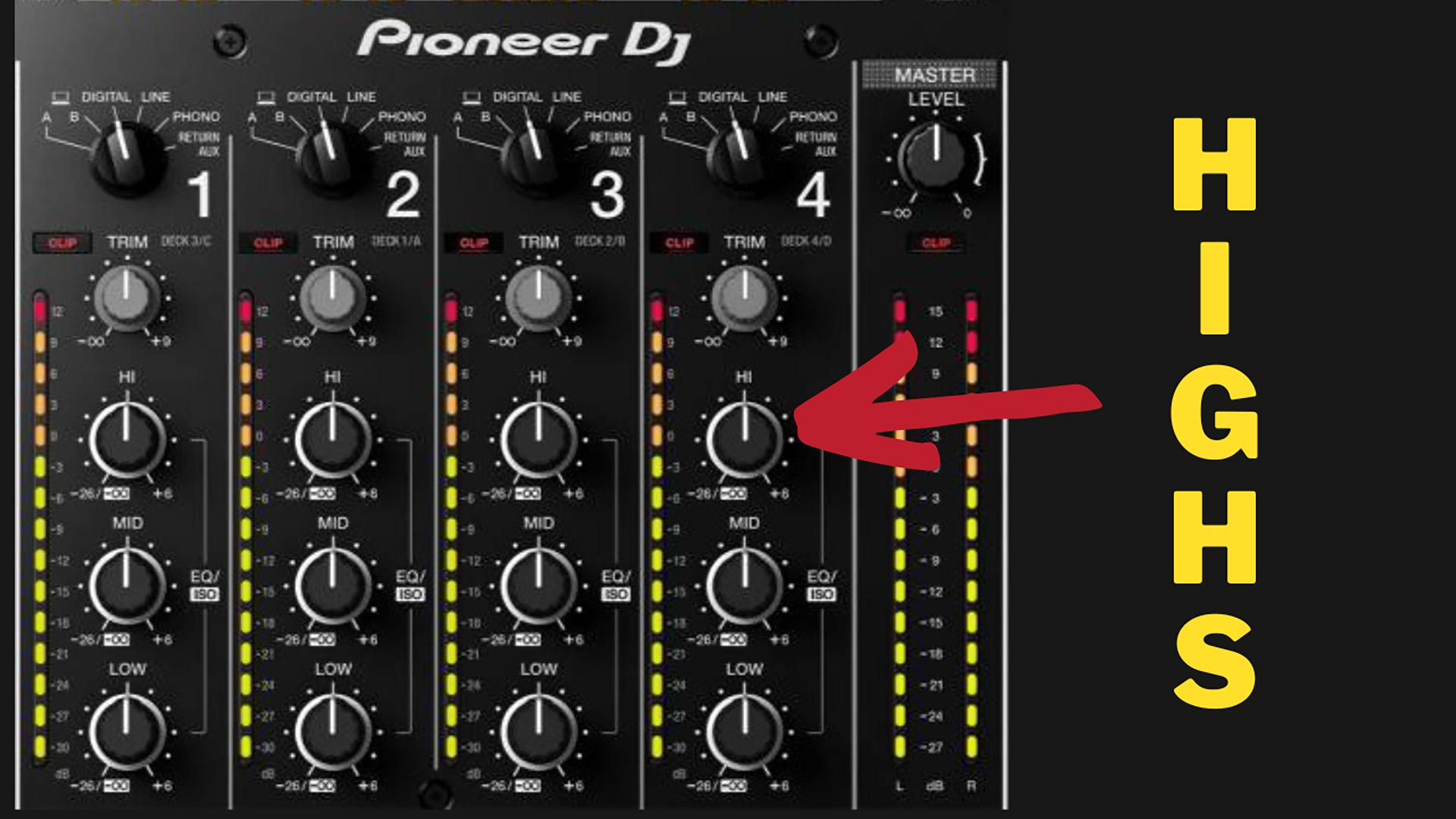
https://youtube.com/shorts/kxSXddfIEl0?feature=share
DJ EQ Series: You Wanna Get High!
The highs on the EQ I feel are massively underrated when it comes to EQ mixing. Put it this way have you ever gone to do a mix and you bring the volume up and it sounds harsh, even aggressive?! well that's usually the high frequencies. By reducing the highs before introducing your new track, you can essentially soften your transition and then when you bring the highs in you get a controlled boost, it's f'n awesome!
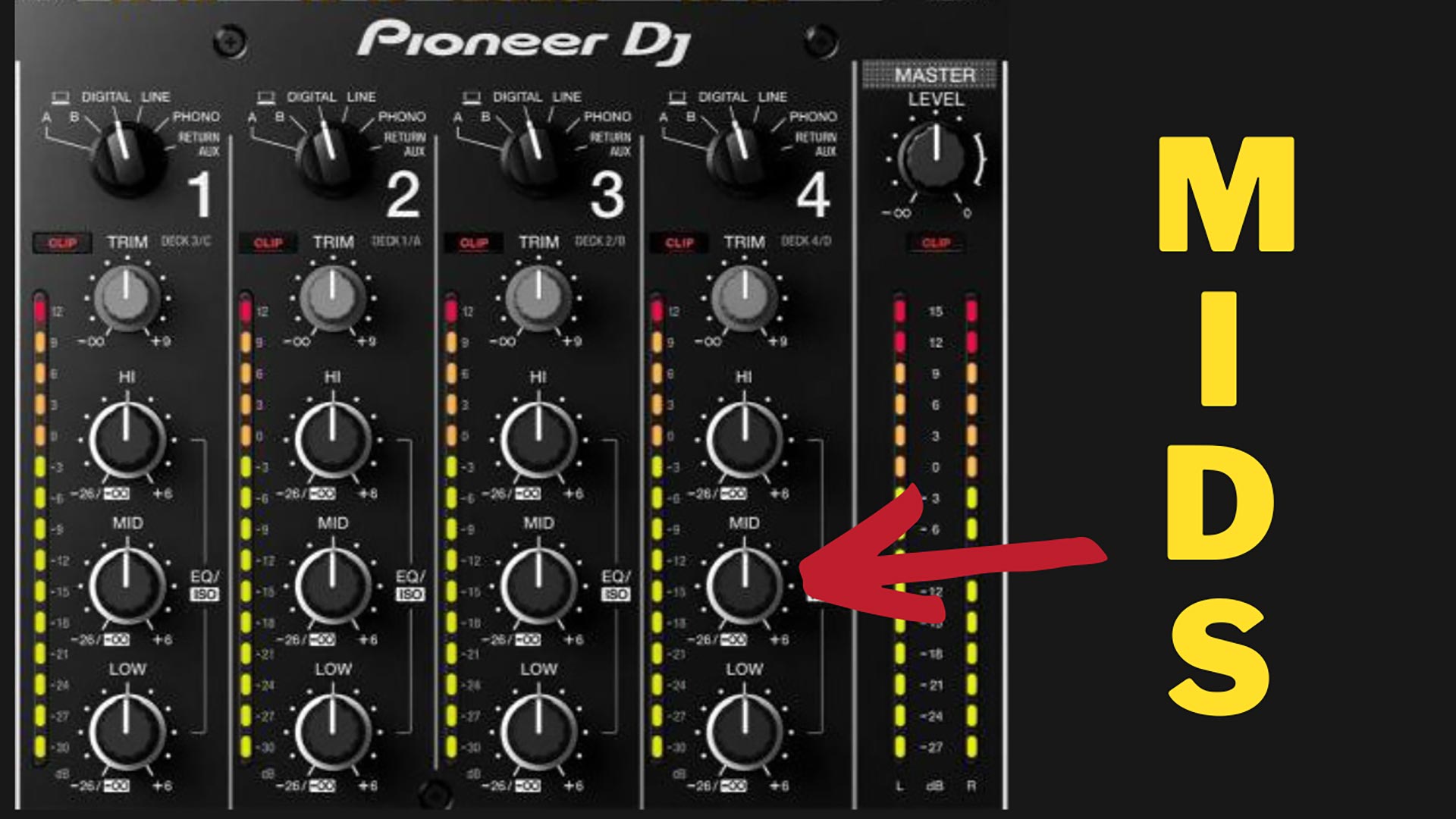
https://youtube.com/shorts/3fxds8pOuik?feature=share
DJ EQ Series: The Personality Of The Track
The mids on the EQ are responsible for the vocals and the melodies, I like to call it for the sake of teaching, the tracks personality. Out of the mids, highs and bass, the mid is the only EQ I ever really turn past midnight and this is awesome if you want to create your own acapellas on the fly, i'll show you.
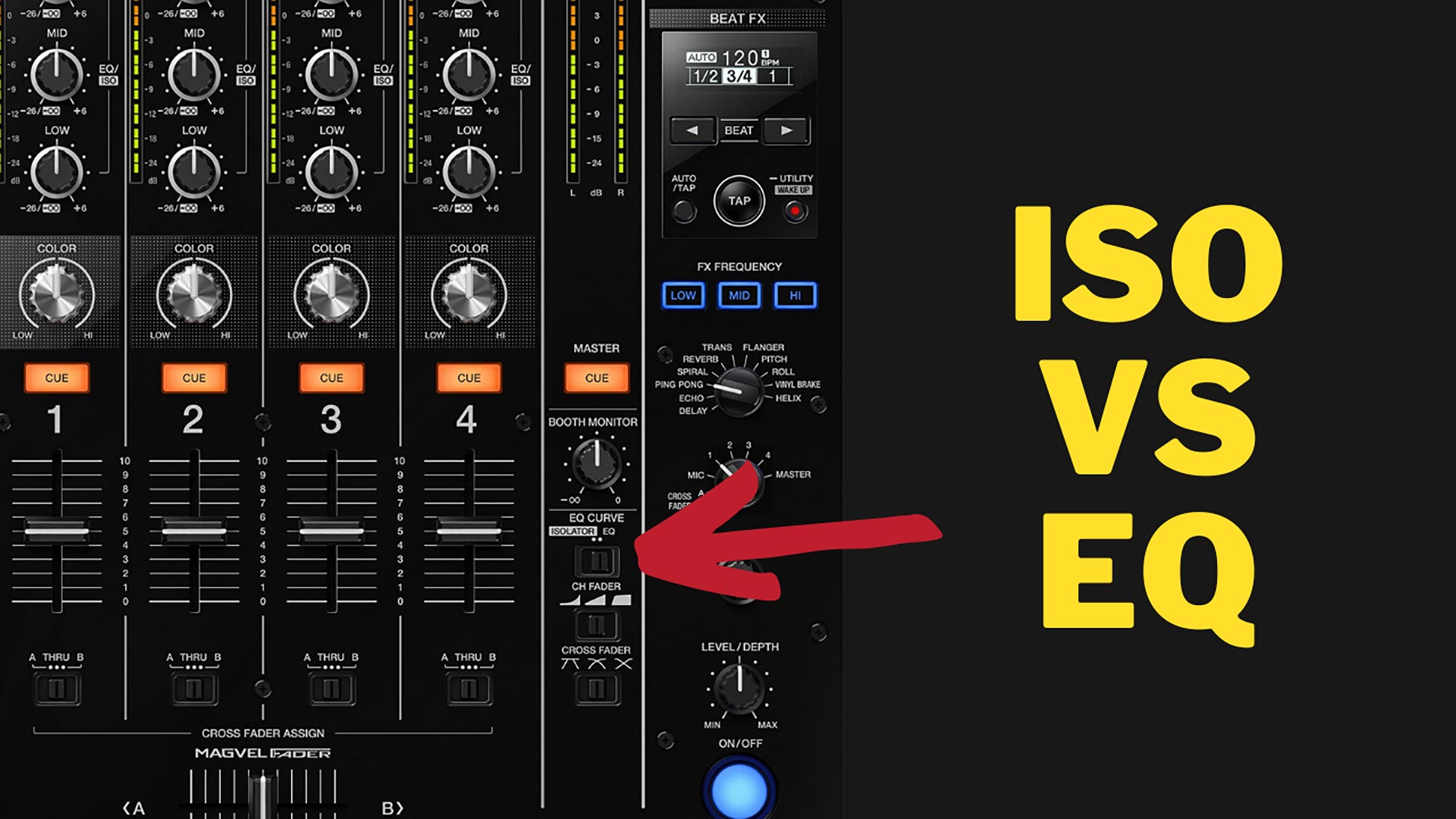
https://youtube.com/shorts/hpCeV0RJgQ4?feature=share
DJ EQ Series: ISO VS STANDARD EQ
People ask do I use ISO or standard EQ and it depends on the genre I am playing. Firstly ISO is way more aggressive than standard EQ and isolates the frequencies which means the EQ becomes much more sensitive and you get more control. I find ISO is awesome when playing techno, where I may have 2 tracks playing for a length of time and I want to isolate certain frequencies from each track, for instance perhaps I want the melody from this track but the bass and highs of this track. However for genres that are more focused on playing the best parts of each song I find standard EQ is way more forgiving, and I feel a little warmer, and is generally what I gravitate towards. May I ask, what do you use?
RELATED POSTS
In the first video at the top of the page I demonstrate different ways to mix Afro House, including where to mix, how long to play both tracks together, how to control energy through faster mixing, how to mix even when there's no obvious place to transition, and how to use looping to highlight certain parts of a track so you can extend your transitions smoothly. Let's do this!
Are you sick of some of your mixes sounding great and others sounding bad? In this video I'll give you 5 tips on where you can mix in your new track to make certain your transitions sound natural and effortless every single time. Let's start with the most common method, mixing in after the chorus.
Have you noticed the beats of your tracks drifting apart? Not having a visual reference to align the beats visually may affect your confidence behind the decks. Beatmatching allows you to match the beats by ear without looking at stacked waveforms. Even if you can align beats visually, beatmatching is an important tool to have in your toolbox because some venues do not have stacked waveform visuals.
As DJs, music is an essential part of our lives, and for many people, nothing compares to the feeling of a well-crafted DJ mix. Not only is it an amazing promotional tool to create or boost your current DJ career, it is also a means to form your identity and brand.
Not yet part of the Club Ready Tribe? Sign up to become a student today and join the strongest DJ community in the world!!
DRUM ROLL... GET THE COMPLETE PACKAGE
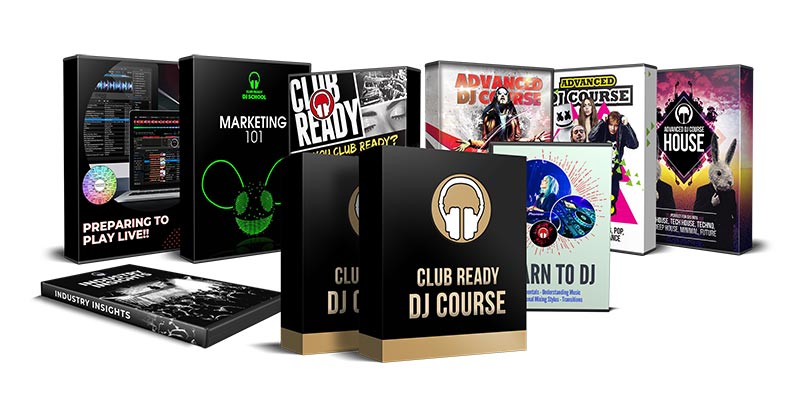
Buy all the courses and get over 60% off
For a limited time
CLUB READY DJ COURSE: Value: $295
ADVANCED PERFORMANCE PACK: Value: $395
CLUB PACK: Value: $195
ONE TIME BONUS VIDEOS: Value: $75
BONUS CONTROLLER TO CLUB MINI COURSE: Value: $95
FEEDBACK ON MIXES: Value: $45
MEMBER ACCESS TO CLUB READY TRIBE
DIRECT ACCESS TO ME
TOTAL VALUE: $1295
TOTAL VALUE OF COMPLETE PACKAGE: $1295
>> SALE PRICE: $175 LIMITED TIME <<
YES! I WANT ALL THIS FOR ONLY $175And I want to be on time for the reduced price!

If you press the button and see the price went back to $1295 it means the promotion has ended and the program is back to its regular price.
This price is a ONE-TIME-ONLY payment and you get to keep the program FOR LIFE.

16 MINI DJ LESSONS FOR FREE!
Not sure where to start? In this mini series I answer many of the questions beginners have about learning to DJ.
CLUB READY DJ COURSE
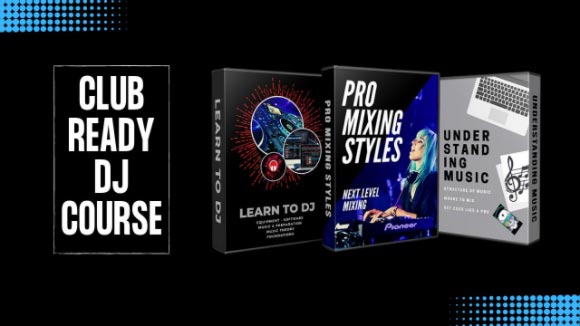 Usually
Usually ADVANCED PERFORMANCE PACK
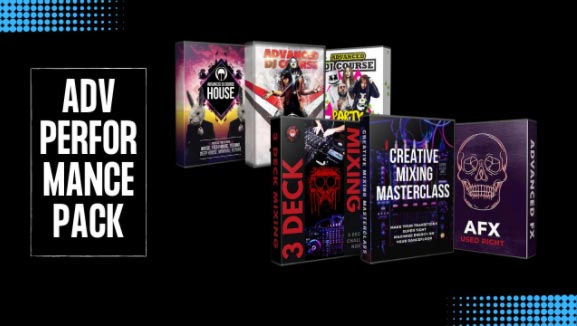 Usually
Usually CLUB PACK
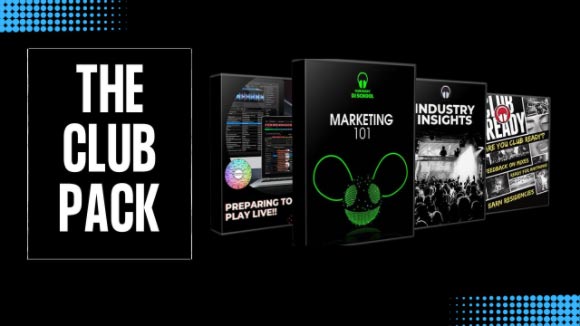 Usually
Usually THE COMPLETE PACKAGE
Get all of my courses for life!
 TOTAL VALUE:
TOTAL VALUE: 
